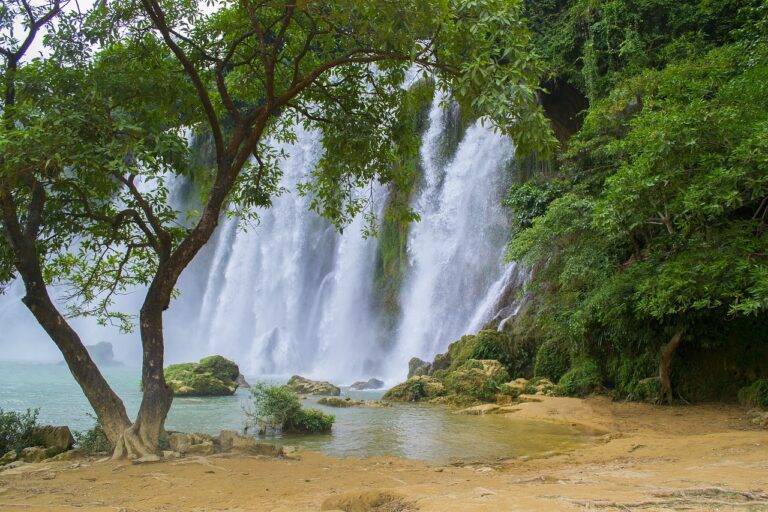Exploring Iconic Bridges and Aqueducts: A Historical Journey
The Pont du Gard in France is a stunning ancient Roman aqueduct that showcases impressive engineering skills. Its three tiers of arches stand tall and sturdy, symbolizing the grandeur of Roman construction. The aqueduct served to transport water over a distance of nearly 31 miles, demonstrating the mastery of Roman hydraulic engineering.
Another notable historical structure is the Great Wall of China, which also features impressive bridges along its vast expanse. These bridges were strategically built to navigate various terrains and obstacles, showcasing the ingenuity of ancient Chinese architects and builders. The combination of functionality and architectural beauty in these bridges highlights the significance of transportation infrastructure in shaping civilizations.
The Roman Aqueducts: Engineering Marvels of the Ancient World
The Roman aqueducts were a groundbreaking engineering feat in ancient times. They stretched across vast distances, carrying water from natural sources to cities, ensuring a stable water supply for the population. The aqueducts were meticulously designed with precise angles and gradients to transport water efficiently without the need for pumps.
The Pont du Gard in France is one of the most well-preserved Roman aqueducts still standing today. This three-tiered structure showcases the Romans’ mastery of arches and engineering. The ingenuity of the Roman engineers is evident in the sophisticated system that enabled water to flow downhill from its source to the city, providing a vital resource for daily life.
What purpose did the Roman aqueducts serve?
The Roman aqueducts were designed to transport water from distant sources to cities for public baths, fountains, and private homes.
How were the Roman aqueducts built?
The Roman aqueducts were built using a combination of underground tunnels, elevated channels, and stone arches to transport water over long distances.
How many Roman aqueducts are still standing today?
There are over 11 Roman aqueducts that are still standing today, with the Pont du Gard in France being one of the most well-preserved examples.
What impact did the Roman aqueducts have on society?
The Roman aqueducts allowed for the development of large cities and improved public health by providing a reliable source of clean water for sanitation and hygiene.
How did the Roman aqueducts influence future engineering projects?
The Roman aqueducts served as a model for future engineering projects, inspiring the construction of similar water supply systems in cities around the world.





